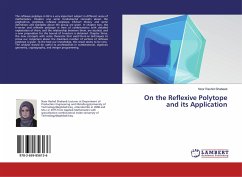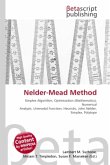In geometry, a polytope (a polyhedron or a polychoron for example) or tiling is isohedral or face-transitive when all its faces are the same. More specifically, all faces must be not merely congruent but must be transitive, i.e. must lie within the same symmetry orbit. Isohedral polyhedra are called isohedra. They can be described by their face configuration. A form that is isohedral and has regular vertices is also edge-transitive (isotoxal) and is said to be a quasiregular dual: some theorists regard these figures as truly quasiregular because they share the same symmetries, but this is not generally accepted. A polyhedron which is isohedral has a dual polyhedron that is vertex-transitive (isogonal). The Catalan solids, the bipyramids and the trapezohedra are all isohedral. They are the duals of the isogonal Archimedean solids, prisms and antiprisms, respectively. The Platonic solids, which are either self-dual or dual with another Platonic solid, are vertex, edge, and face-transitive (isogonal, isotoxal, and isohedral). A polyhedron which is isohedral and isogonal but not isotoxal is said to be noble. Convex isohedral polyhedra are the shapes that will make fair dice.
Bitte wählen Sie Ihr Anliegen aus.
Rechnungen
Retourenschein anfordern
Bestellstatus
Storno








